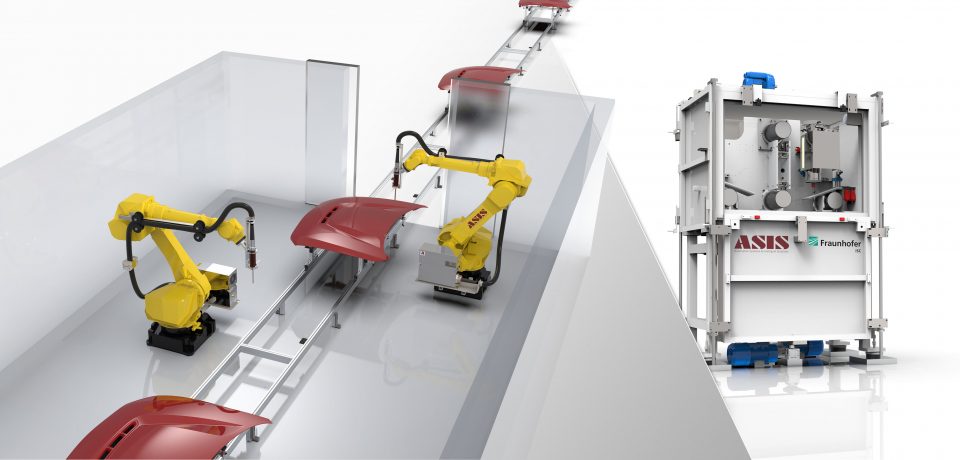Electron treatment
Efficiently improve properties of materials without chemical additives
Modification of plastics and natural materials with high-energy electrons
New materials influence the life cycle and process efficiency. With sustainable electron beam technology, chemical (e.g. oil resistance, stress cracking resistance), mechanical (e.g. strength, E-module) and thermal characteristics (e.g. heat deflection temperature) can be increased and processing properties can be modified. The use of chemical additives can often be avoided.
Customized plastics and natural materials enable innovative processes and products. For example, the workpiece surface is briefly treated with a robot-controlled electron emitter in order to prepare the surface for the painting process, harden a coating or cross-link the surface layer.
ASIS GmbH offers this highly productive sustainable technology for a wide range of industries.
Complete solutions from a single source
We are looking forward to your request.
* These fields are required.

More information in the whitepaper
Learn all about the different uses of electron treatment.
Automotive Industry – Process Acceleration
SMC moldings to be coated lead to coating defects in the industrial painting process, so that additional cost- and energy-intensive process steps (e.g. IMC, sanding) are required to ensure the required Class A surface also for SMC moldings. Surface modification with a robot-controlled electron emitter is a new method of paint preparation and leads to improved coating quality in the industrial painting process.
Previously required process steps such as sanding are thus no longer necessary.


Plastics industry – new processing possibilities
Up to now, valuable raw materials have been lost in the recycling cycle because mixed materials (e.g. polyethylene (PE) and polypropylene (PP)) could not be separated cleanly. Electron treatment of mixed PE-PP fractions before electro-sorting enables them to be sorted into their individual components or material classes. Inorganic flame retardants, chalk, pigments, carbon black and talc only have a minor influence on the separation behavior.
The electron treatment also leads to an increased compatibility of both standard polymers.
Synthetic inorganic high-performance fibers – process improvements
High potentials also exist in the production of carbon and ceramic fibers. The polymeric raw fibres (green fibres) are converted into a stabilised infusible intermediate fibre before solid phase pyrolysis.
Electron treatment accelerates the energy- and time-consuming thermal stabilization process.

Full program from one source
ASIS GmbH offers both the seamless integration of electron beam technology into your process and complete turnkey systems. Many long-time contacts to research and leading scientists guarantee the current state of the art. Due to our broad portfolio and our competence in automation and process technology, we are your partner as general contractor during the entire project.
Integrate future technology into your process.
We look forward to your request:


